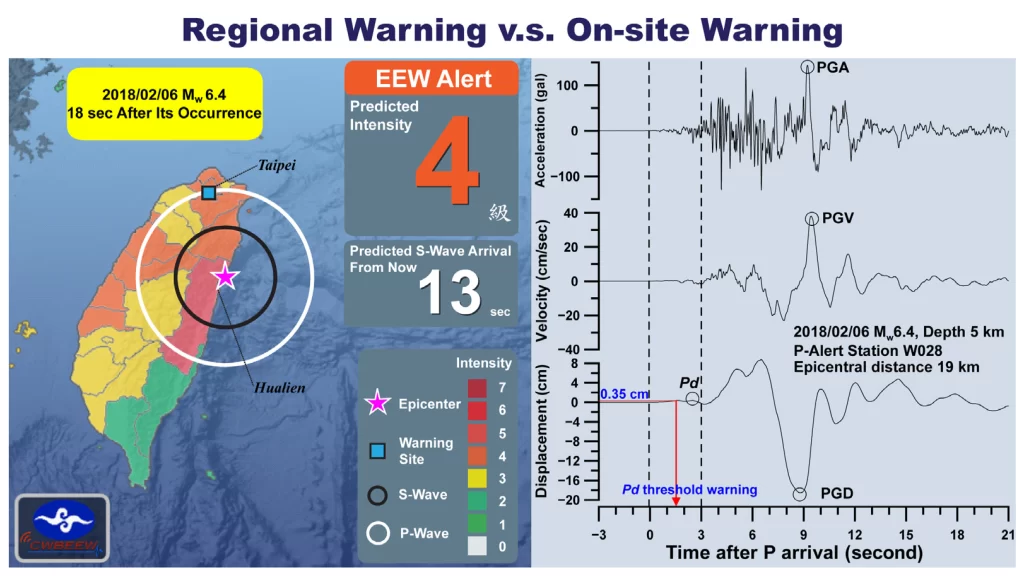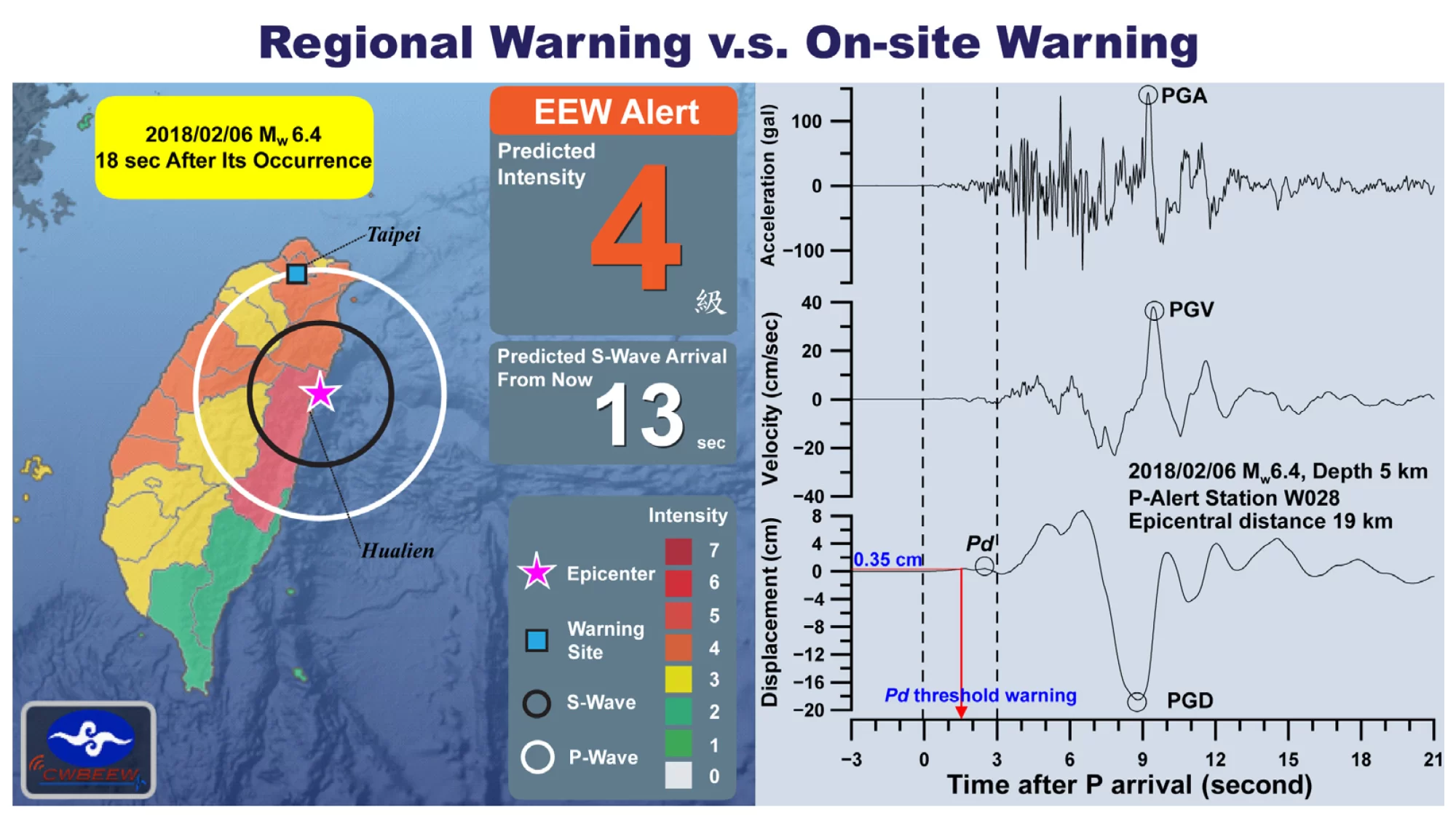Earthquakes can be one of the most destructive and deadly natural disasters that can occur. They are unpredictable, and even the most advanced technology cannot predict them. However, with the help of modern technology, we can now detect and warn people about earthquakes before they occur.

The future of disaster preparedness is becoming the Earthquake Early Warning System (EEWS).
Table of Contents
What is an Earthquake Early Warning System?
An Earthquake Early Warning System is a technology that can detect the early signs of an earthquake before it happens. The system uses sensors to detect the initial wave of an earthquake and quickly sends alerts to people in the affected area. The alerts can be sent through various means, including mobile phones, radio, TV, and other communication channels.
How does an Earthquake Early Warning System work?
We use a network of sensors placed throughout the area being monitored to make an EEWS work. These sensors can detect the initial waves of an earthquake, called P-waves, which travel faster than the more destructive S-waves. Once the P-waves are detected, the system can quickly calculate the magnitude and location of the earthquake and send out alerts to people in the affected area.
Why are Earthquake Early Warning Systems important?
EEWS can provide valuable seconds to minutes of warning before an earthquake strikes. This can give people time to take action to protect themselves, their loved ones, and their property. Early warning can also help emergency responders to prepare for and respond to an earthquake more effectively. It can also help prevent panic and chaos, which can be just as dangerous as the earthquake itself.
How effective are Earthquake Early Warning Systems?
Several countries, including Japan, Mexico, and Taiwan, have proven the effectiveness of EEWS. In these countries, EEWS have been able to provide enough warning to allow people to take protective measures, such as dropping, covering, and holding on. According to studies, every second of warning can lead to a 5-10% reduction in injuries and damage.
What are the challenges in implementing an Earthquake Early Warning System?
One of the biggest challenges in implementing an EEWS is the cost. Building and maintaining a network of sensors and communication infrastructure can be expensive. To prevent false alarms that can lead to distrust in the system, designers need to create a reliable and resilient EEWS. Another challenge is the need for public education and awareness. People need to understand what an EEWS is, how it works, and how to respond to alerts. This requires a comprehensive education and awareness campaign, which can be difficult to achieve.
Earthquake Early Warning System Conclusion
EEWS are becoming the future of disaster preparedness. They provide valuable seconds to minutes of warning, which can help people and emergency responders to prepare for and respond to an earthquake more effectively. While there are challenges in implementing an EEWS, the benefits outweigh the costs. With continued research and development, EEWS can help save lives and reduce the damage caused by earthquakes. If you’re interested in learning more about emerging technologies, health sciences, and space science, visit www.letsflytogether.com. It’s a great resource for knowledge on these topics.

